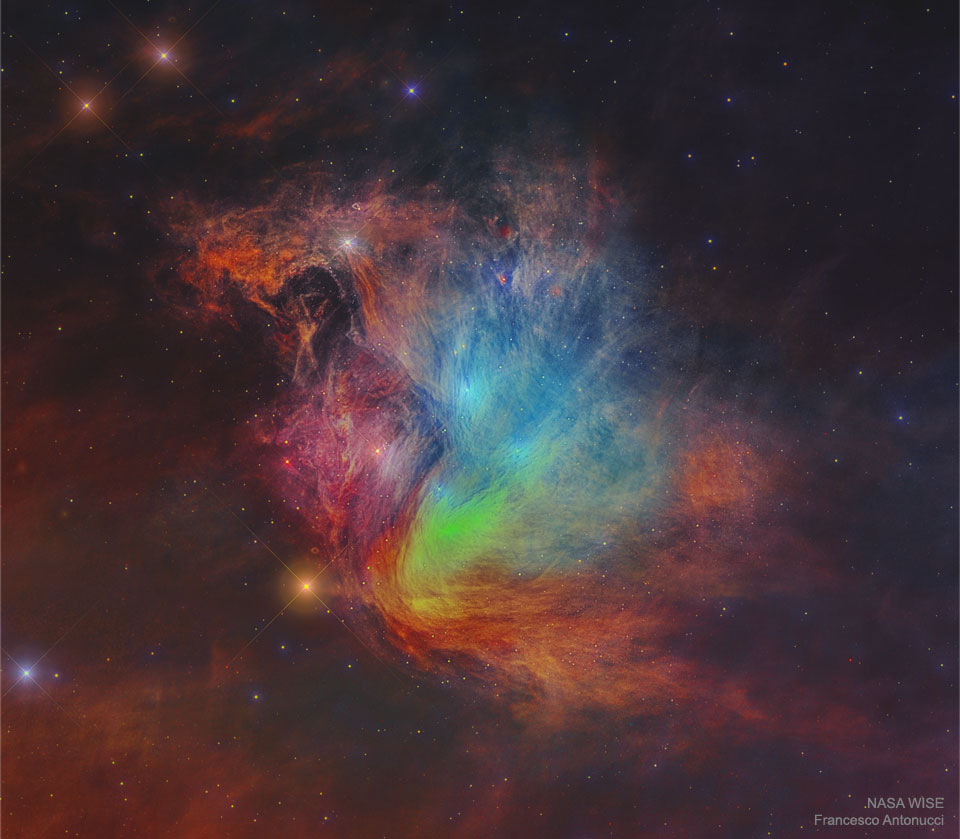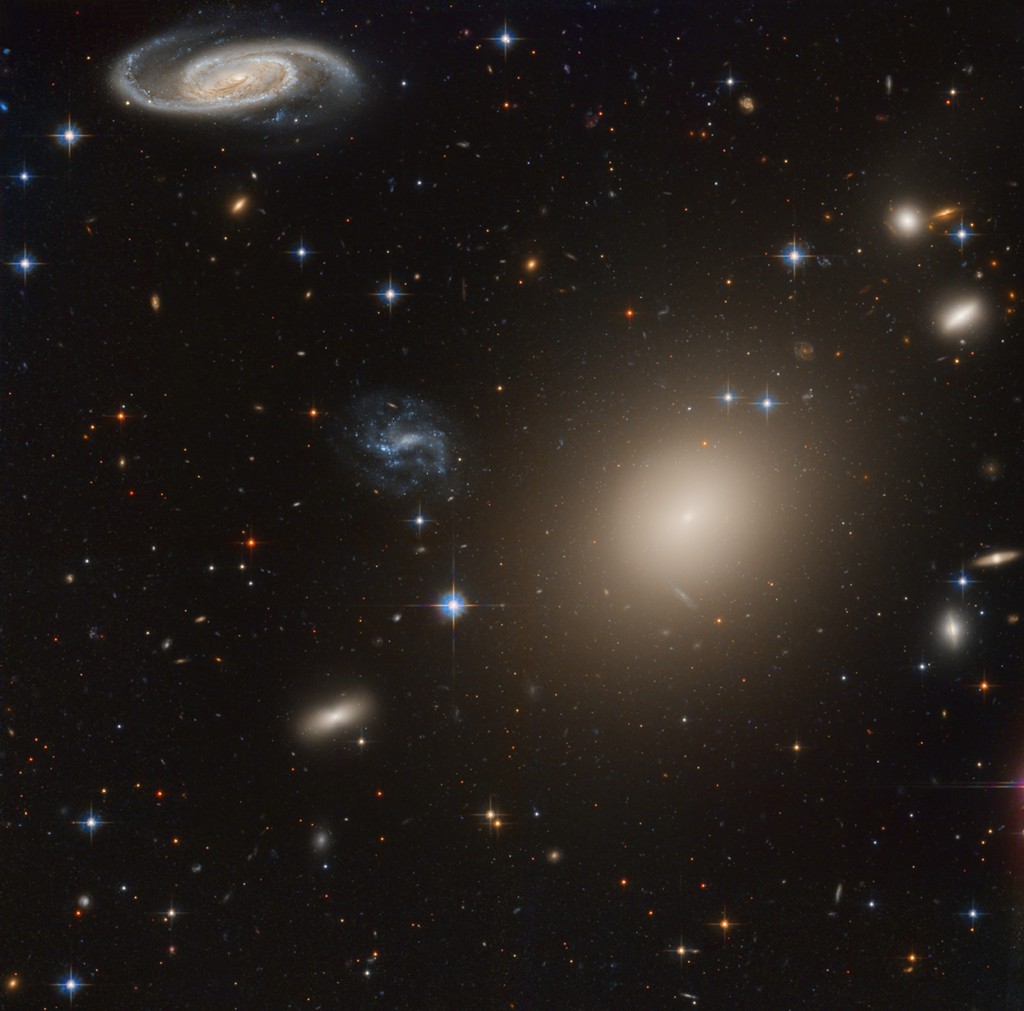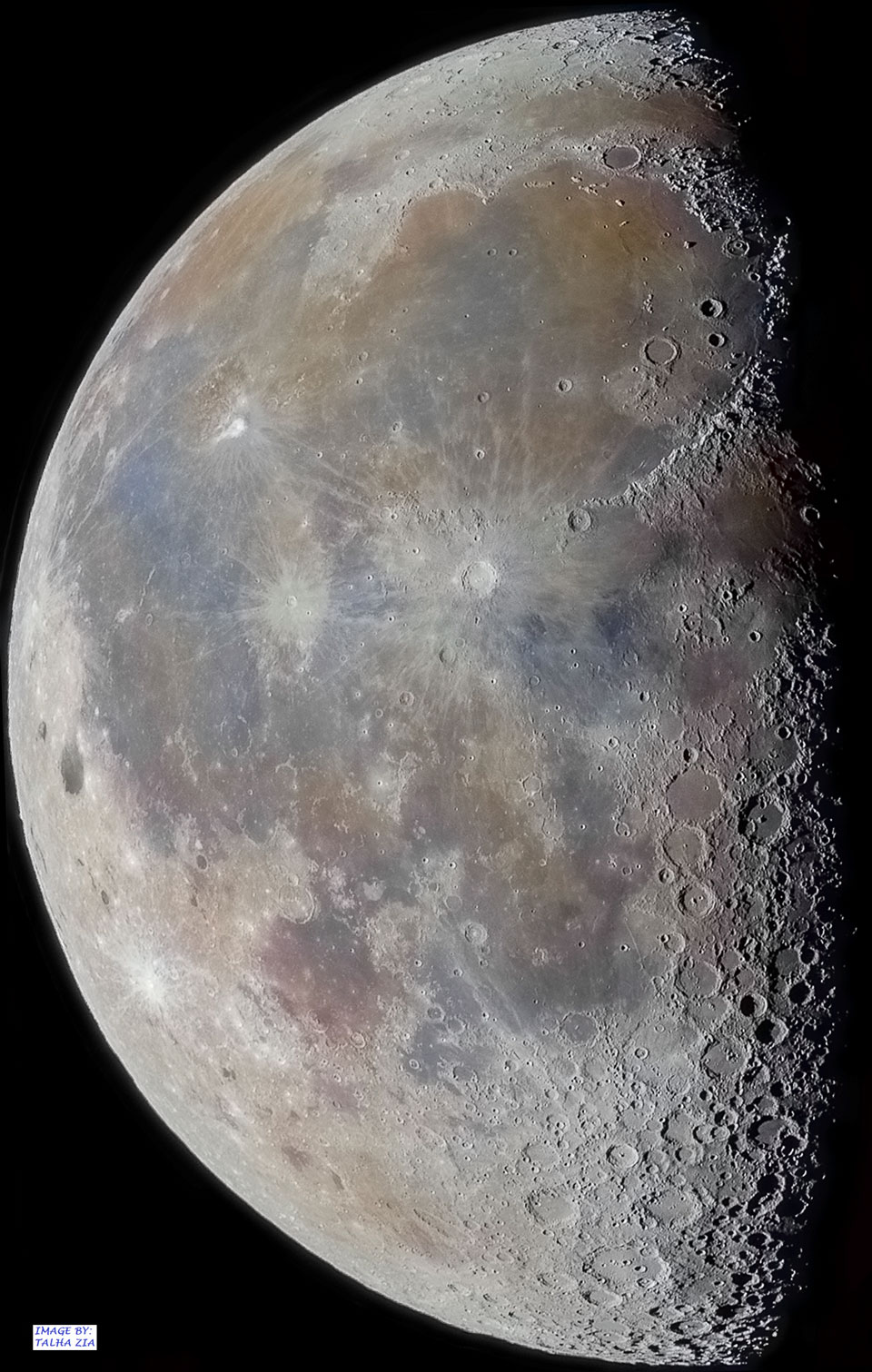
Why does asteroid 2015 BZ509 orbit the Sun the backwards? As shown in the featured animation, Jupiter’s trojan asteroids orbit the Sun in two major groups — one just ahead of Jupiter, and one just behind — but all orbit the Sun in the same direction as Jupiter. Asteroid BZ509 however, discovered in 2015 and currently unnamed, orbits the Sun in retrograde and in a more complex gravitational dance with Jupiter. The reason why is currently unknown and a topic of research — but if resolved might tell us about the early Solar System. A recently popular hypothesis holds that BZ509 was captured by Jupiter from interstellar space billions of years ago, while a competing conjecture posits that BZ509 came from our Solar System’s own distant Oort cloud of comets, perhaps more recently. The answer may only become known after more detailed models of the likelihood and stability of orbits near Jupiter are studied, or, possibly, by observing direct properties of the unusual object. via NASA https://ift.tt/2L64roZ








